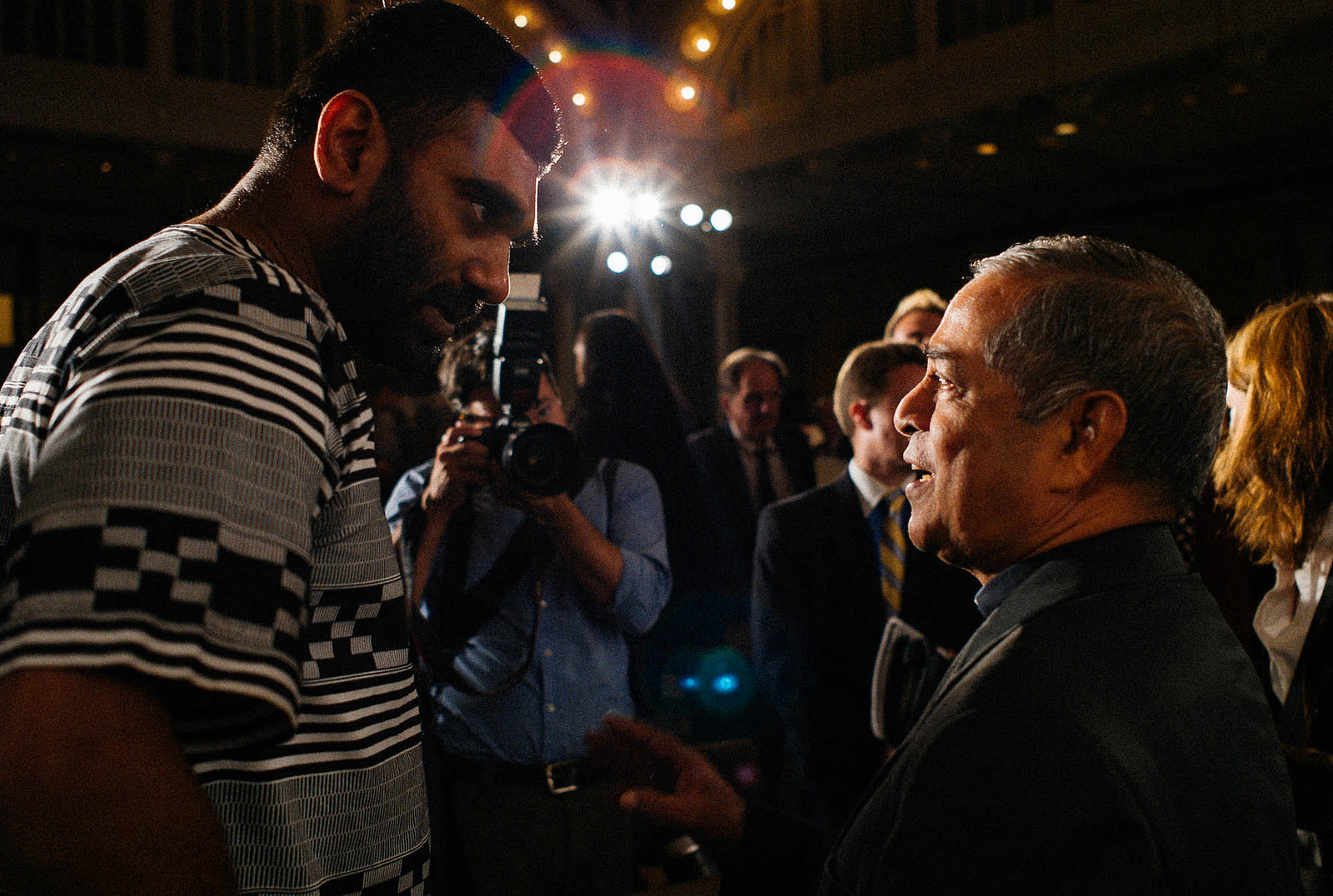Nelson Mandela’s environmentalism
The first African head of Greenpeace International, Kumi Naidoo, on how the world could best do justice to Mandela.

Kumi Naidoo (left) during Climate Week New York 2009. Image by Mat McDermott, via Flickr.
I recently had the opportunity to interview Kumi Naidoo, the first African head of Greenpeace International. Born in Durban, South Africa in 1965, Naidoo became an anti-apartheid activist at the early age of 15, something that eventually forced him to go underground before fleeing the country. Among other things I asked him about the shift to embracing environmentalism after having been such an ardent campaigner for human rights, the difficulties of leading an organization hitherto dominated by Euro-Americans and what the Russian detention of the Arctic 30 means for activism in general.
On December 5, the day Nelson Mandela finally died, I was in Amsterdam with Kumi Naidoo, a close South African friend of many years standing. In between hundreds of requests for his comments from global media I managed to sneak in an interview. Of course, Kumi and I first spoke about what Mandela’s legacy means for him. Kumi then talked about his role as Executive Director of Greenpeace International, about the predicament of the Arctic 30 who were still in captivity in Russia then and other environmental issues.



